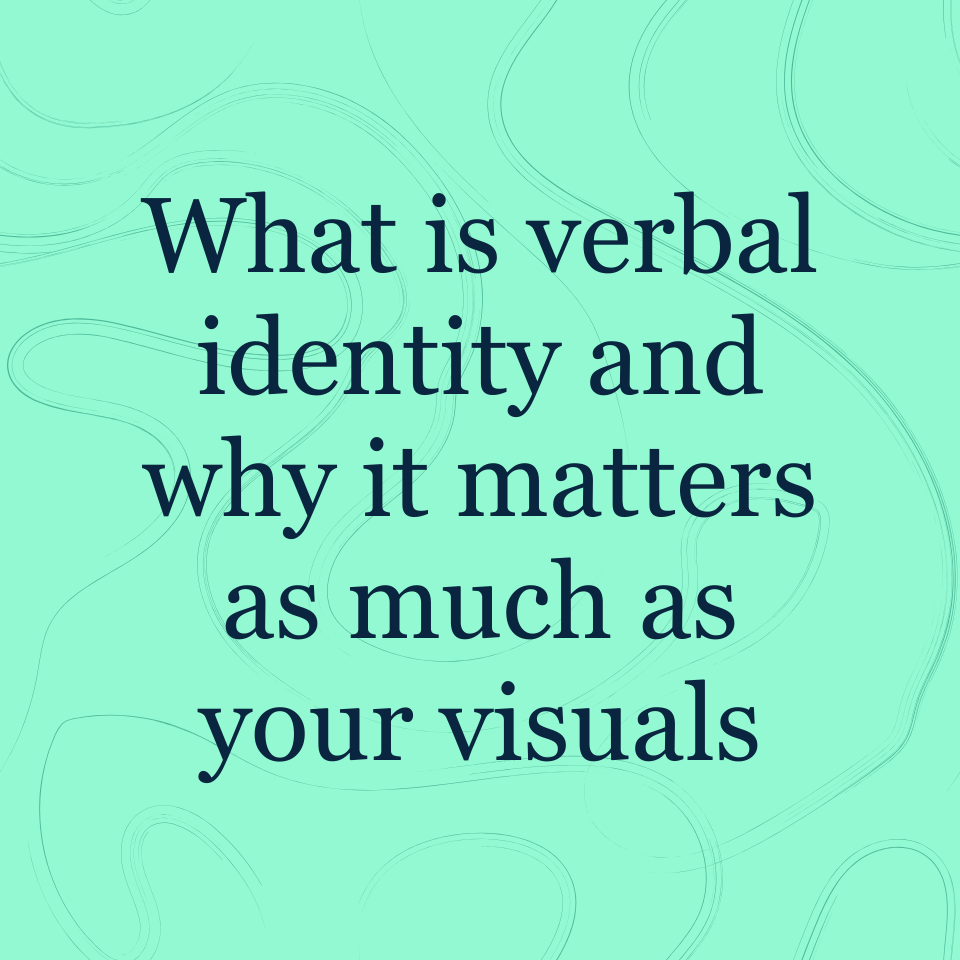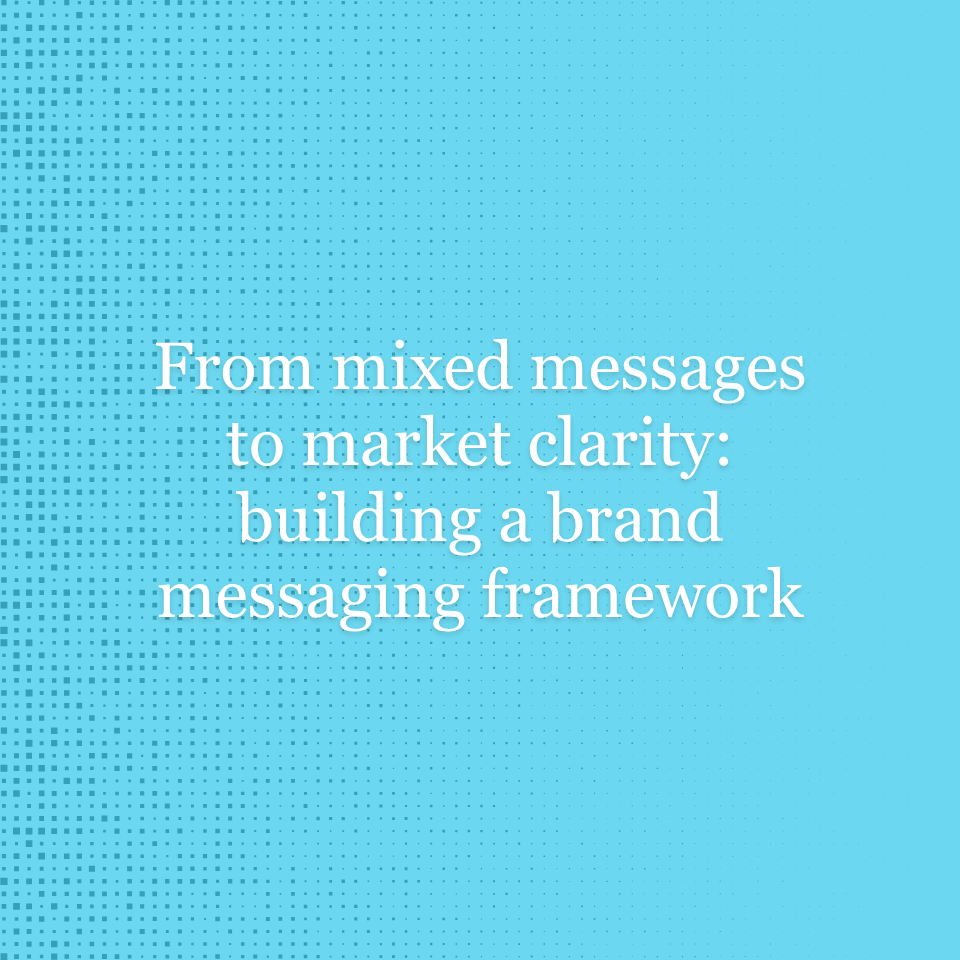A little off the top, please.
Trimming and slicing letterforms is a common design trend we’re seeing emerge, especially in the past year. In fact, Monotype even lists it as one of 10 type trends in their 2023 report. It comes from the closure principle of the gestalt theory of design, one of five principles for understanding how the human mind naturally seeks to find order amid chaos. Think: the Fedex arrow. Your brain first notices the obvious parts, and then catches on to fill in the gaps over time. That’s the closure principle. And it’s a powerful effect when used in a brand identity if it communicates something authentic about the brand.
The good: Done well, design treatments like this can help deliver on brand integrity―which we define as following through on your brand’s purpose. Just last year The Verge introduced a new logo and visual identity that incorporates this design technique, slicing off bits and pieces of letters in their new wordmark, making it look futuristic, almost pixelated. Or in their words: unfinished. Editor-in-Chief Nilay Patel explains, “We have a sharp new logo that started with the idea of an unfinished interface between the present and the future. The Verge is meant to be beautiful and boundary-pushing, and our new design reflects that.” The story sells it. It even reflects the name “The Verge,” being on the edge, pushing the boundary. It works because it’s true to the brand.
The bad: This week we saw Nokia launch a new brand identity. It’s come a long way from the indestructible brick you used to play Snake on! The missing pieces attempt to play off that closure principle, but it’s gone a bit too far and ends up feeling disconnected. There’s *too much* negative space, so much so that you might even be tempted to see “AOCIA” in there. And the disjointedness of the wordmark is totally at odds with Nokia’s new brand purpose: “Create technology that helps the world act together.” You can imagine a rationale being that the logo only makes sense when all the letters “act together,” but it just feels like it went too far. It’s not a logo that’s acting together.
The not-sure-yet: Plenty of digital ink has been spilled on evaluating Kia’s new logo, how it’s committed “the ultimate design crime” by prompting people to search for the new “KN car.” Probably not the mistake the designers expected people to make. But you have to admit: we’re still talking about it. And all the clicks of searching says people are interested in this new “KN car.” That’s curiosity that advertising dollars could not buy alone. Over time this will probably get adopted like every rebrand, and recognized based on the new positioning of a higher quality car and a design-forward automotive brand.
The takeaway: Beware of trends, even good-looking ones. Trends are design traps that brands can fall into, making them less distinct, and worse: false in their authenticity or integrity. If a design doesn’t conceptually support the heart of your brand’s purpose, it will easily appear inauthentic and imitative. In communicative execution, a great logo helps tell the unique story of the brand, brand experience, or brand promise. Anything short of that is a missed opportunity.
Need help thinking through a new design opportunity, rebrand, or brand refresh? Give us a shout and we’d be happy to collaborate.





